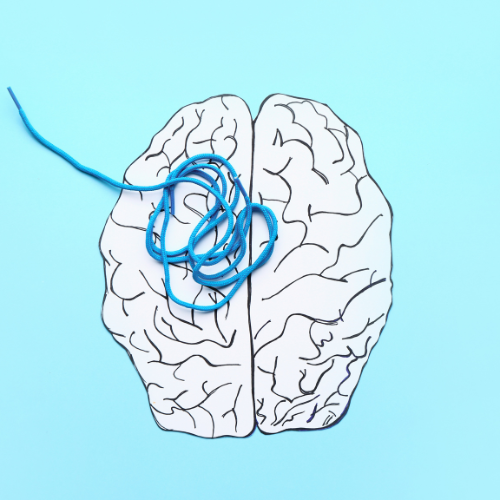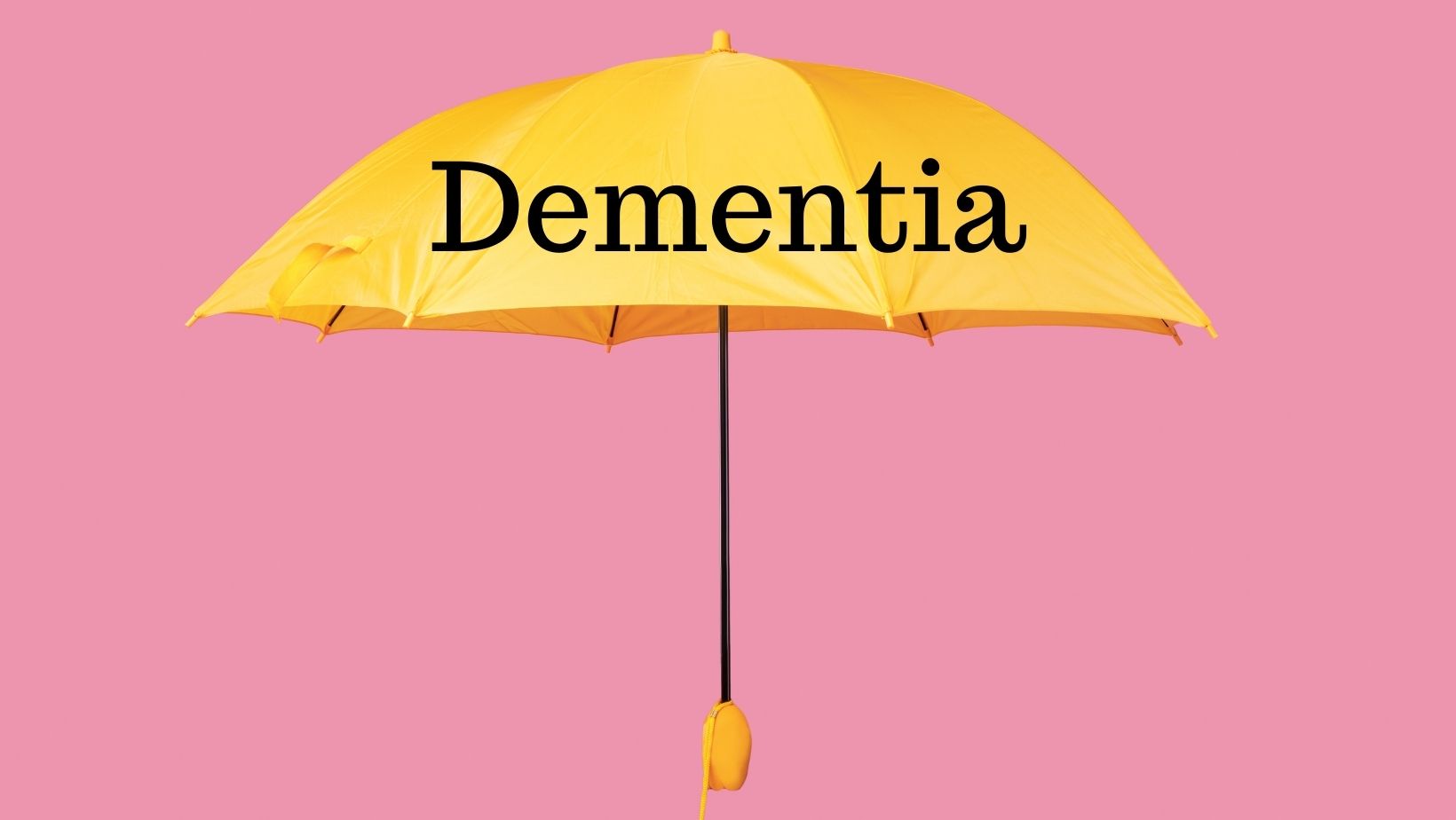
Different Forms Of Dementia:
Click to expand
Alzheimer's Disease:
Vascular Dementia:
Lewy Body Disease (LBD):
Frontotemporal Dementia (FTD):
Korsakoff Syndrome, Wernicke-Korsakoff Syndrome, & Alcohol-Related Dementia:
Down Syndrome & Alzheimer's Disease:
Creutzfeldt-Jakob Disease (CJD):
Huntington's Disease:
The effects of dementia can vary from person to person. Unfortunately, families are often encouraged to place their loved ones in long-term care facilities where they’re offered little to no hope for the road ahead. Oakwood Creative Care is making a difference by ensuring loved ones living with dementia have the opportunity to experience a life full of dignity and purpose beyond their diagnosis.





